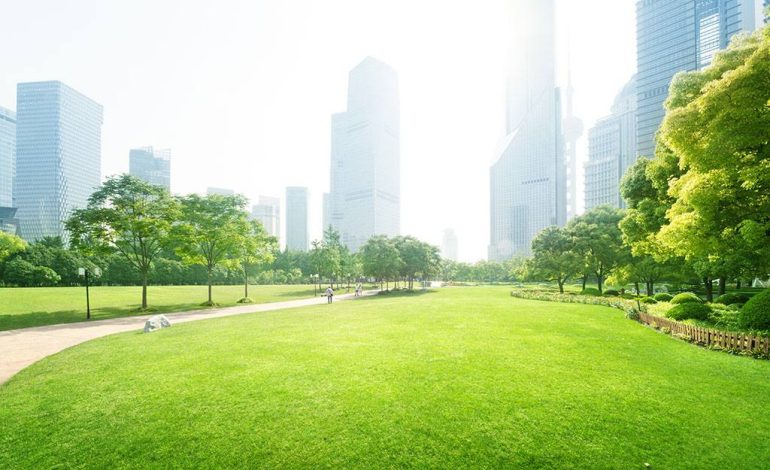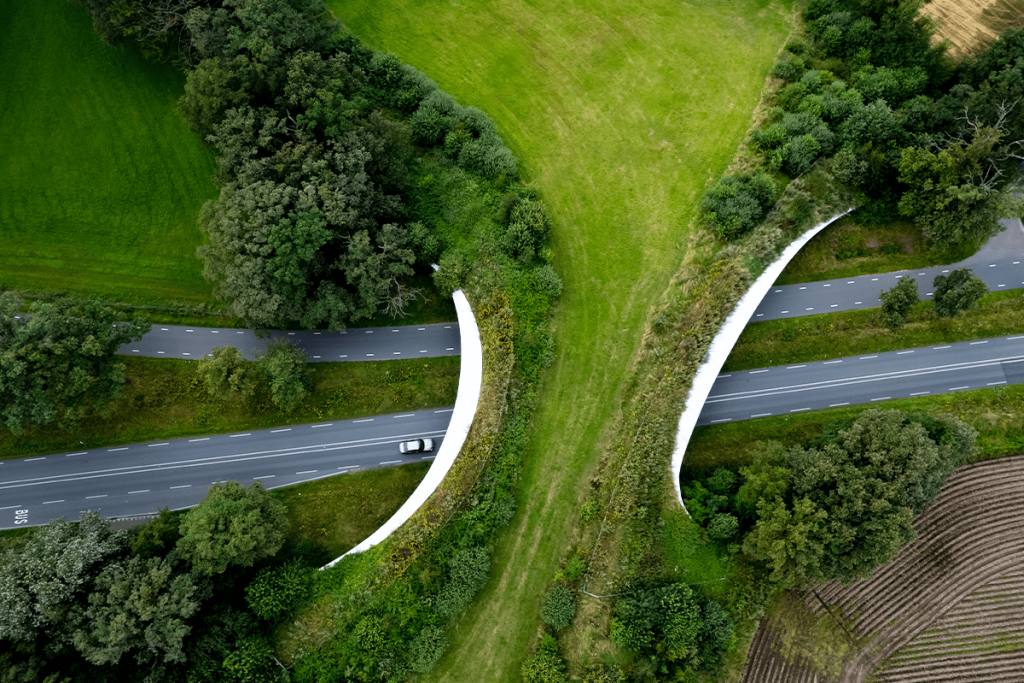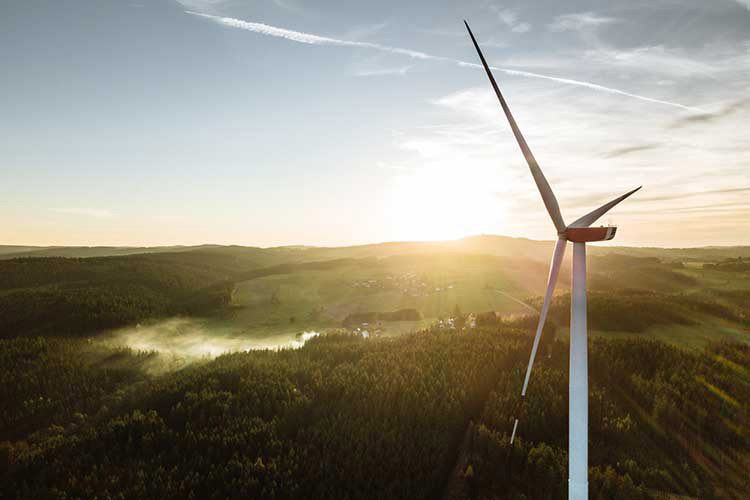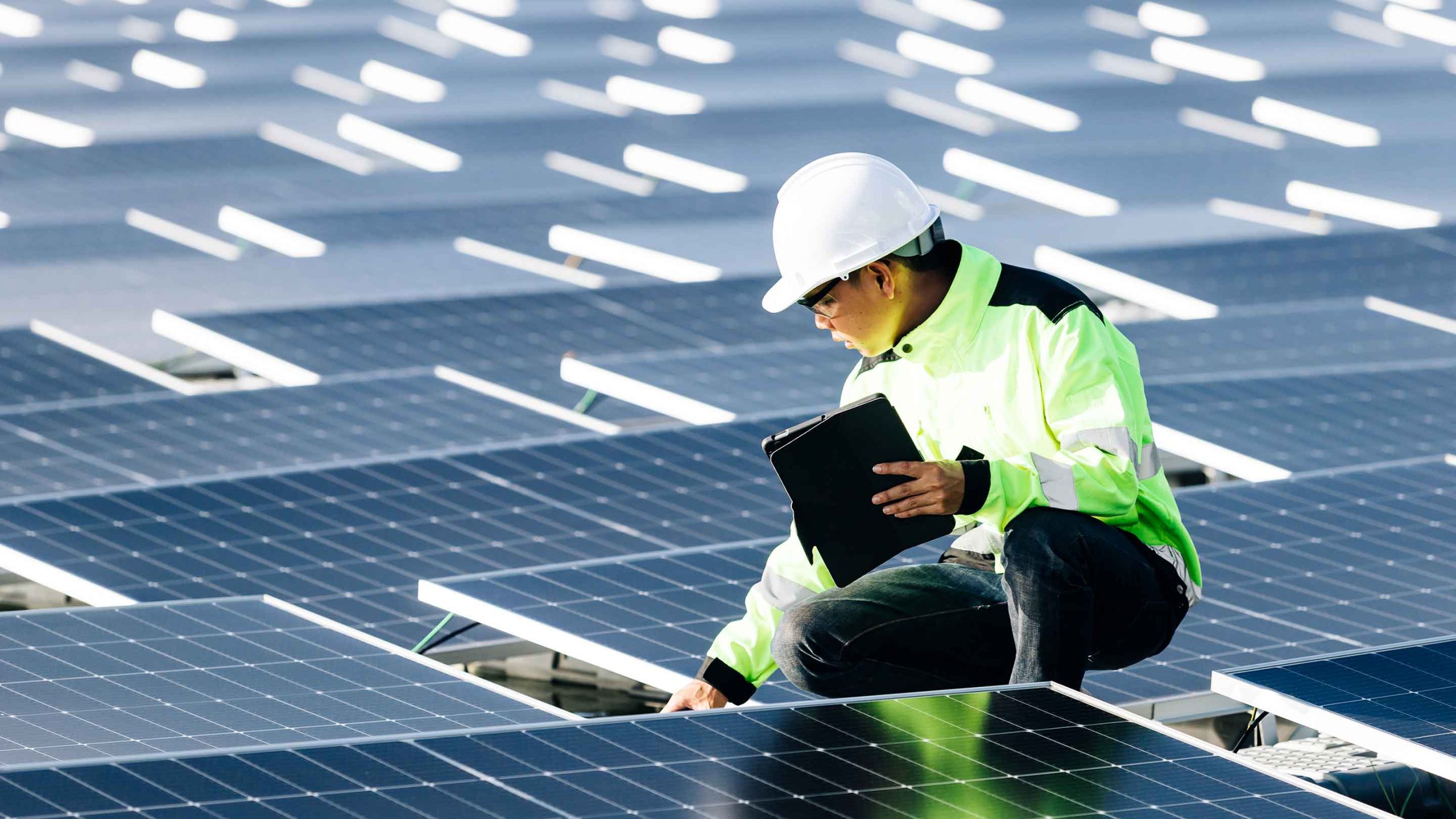The Role of Green Infrastructure in Urban Water Management

Urban areas face significant challenges in managing water due to increasing populations, climate change, and the expansion of impervious surfaces like concrete and asphalt. Traditional water management systems often struggle to cope with these challenges, leading to flooding, water pollution, and strain on public infrastructure. Green infrastructure offers a sustainable and effective solution to these issues by integrating natural processes into urban water management. This approach not only improves water quality and reduces flooding but also enhances the overall livability of cities.
Integrating Natural Processes into Urban Areas
Green infrastructure incorporates natural elements such as vegetation, soil, and permeable surfaces into urban environments. These elements help absorb and filter rainwater, reducing the amount of runoff that reaches stormwater systems. By doing so, green infrastructure mimics the natural water cycle, allowing rainwater to infiltrate the ground, evaporate, or be absorbed by plants. Examples include green roofs, rain gardens, and permeable pavements, all of which play a crucial role in managing stormwater. Incorporating these features into urban planning not only improves water management but also adds aesthetic value and green spaces to cities.
Reducing Urban Flooding
One of the most pressing issues in urban areas is the risk of flooding due to excessive runoff. Traditional drainage systems can become overwhelmed during heavy rainfall, leading to waterlogging and damage to property and infrastructure. Green infrastructure mitigates this risk by slowing down the flow of water and allowing it to be absorbed into the ground. Features like bioswales and retention ponds are designed to capture and store runoff, releasing it slowly into the environment or using it for irrigation. This approach not only prevents flooding but also replenishes groundwater supplies, ensuring a sustainable water cycle within urban areas.

Improving Water Quality
Pollution from urban runoff is a major concern for water quality in cities. When rainwater flows over impervious surfaces, it picks up pollutants such as oil, heavy metals, and chemicals, which then enter rivers, lakes, and oceans. Green infrastructure helps to filter and purify this water before it reaches natural water bodies. Vegetation in green infrastructure systems acts as a natural filter, trapping pollutants and breaking them down through biological processes. By reducing the amount of untreated runoff entering water bodies, green infrastructure significantly improves the quality of urban water resources.
Enhancing Urban Resilience
Beyond water management, green infrastructure contributes to the overall resilience of urban areas. As climate change leads to more frequent and intense weather events, cities need to adapt to these changes. Green infrastructure helps cities become more resilient by providing multiple benefits, including temperature regulation, air quality improvement, and the creation of wildlife habitats. For example, green roofs can reduce the urban heat island effect by providing insulation and cooling the surrounding air. These benefits make cities more livable and adaptable to future environmental challenges.
Conclusion
Green infrastructure is essential for modern urban water management, offering a sustainable alternative to traditional systems. By integrating natural processes into urban environments, green infrastructure reduces flooding, improves water quality, and enhances urban resilience. As cities continue to grow and face the impacts of climate change, adopting green infrastructure will be crucial in ensuring a sustainable and livable future. Urban planners, policymakers, and communities must prioritize these practices to create healthier, more resilient cities. For more information on how to implement green infrastructure in urban planning, visiting a reliable website can provide valuable insights and resources.






